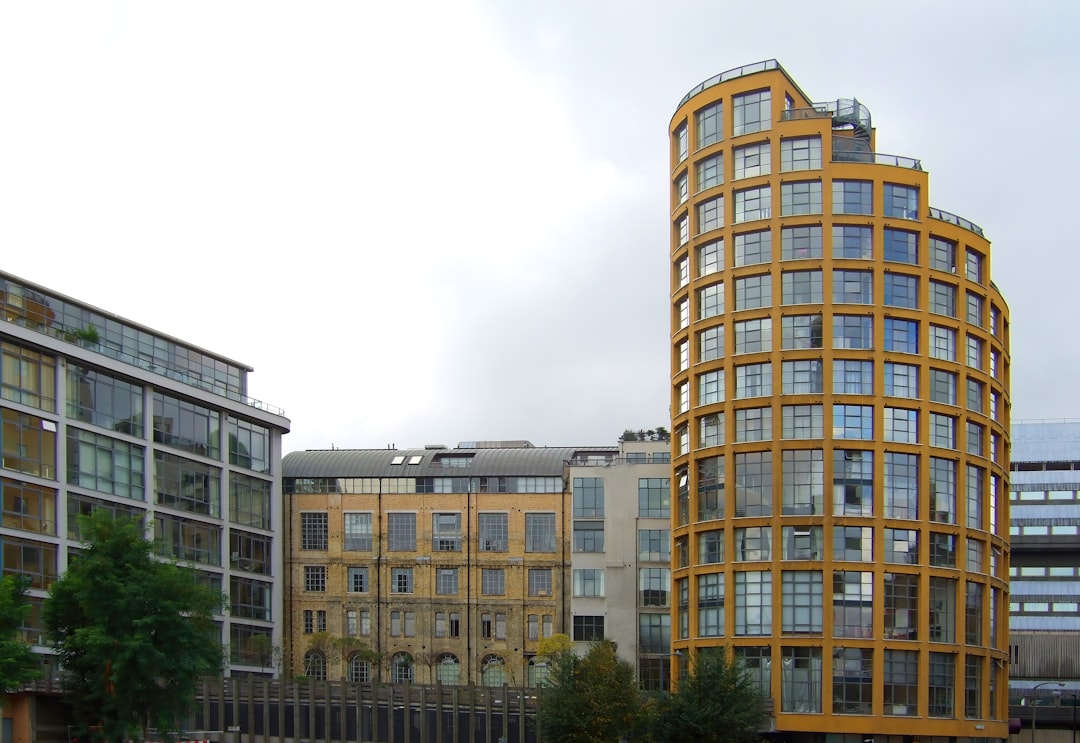What is it about?
The progressive movement of the Catholic Church that flourished after the Second Vatican Council (1962–5) continues to exert a strong influence on Latin American politics and society. Moreover, we can now observe this movement’s influence in new areas: no longer apparent only in a strictly ecclesiastical sphere, its influence can now be felt within the ambit of civil society. This article analyzes and explains the evolution of ‘the church of the poor’ in Oaxaca from its sponsorship by the Catholic hierarchy starting in the early 1960s through its transformation into civil society organizations beginning in the 1990s.
Featured Image

Photo by Ruben Mishchuk on Unsplash
Why is it important?
We are trying to understand whether and how the lay members of the Catholic Church and church-inspired civil society organizations can contribute to democratization in Latin America, where there is broad skepticism about democracy.
Read the Original
This page is a summary of: The Church of the Poor and Civil Society in Southern Mexico: Oaxaca, 1960s–2010s, Journal of Contemporary History, August 2018, SAGE Publications,
DOI: 10.1177/0022009418781740.
You can read the full text:
Contributors
The following have contributed to this page










